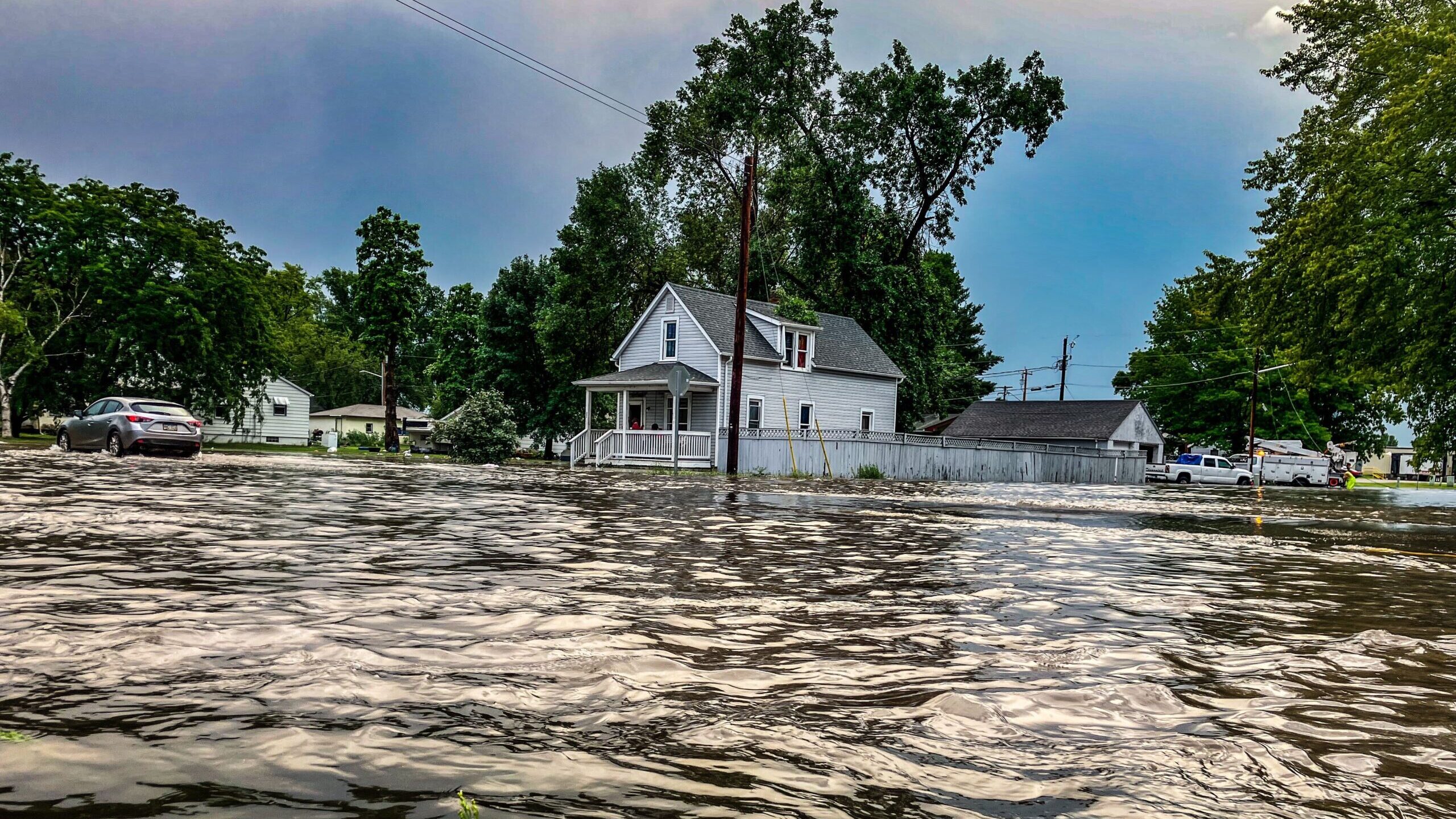Cleanup process begins in Cambridge after flash flooding, more rain expected Thursday
[anvplayer video=”5129384″ station=”998122″]
Community members will be cleaning up the city of Cambridge Thursday after flash flooding hit the area Wednesday.
5 EYEWITNESS NEWS Chief Meteorologist Ken Barlow says while some areas of the Twin Cities metro barely saw any rain Wednesday, other parts saw multiple inches of rain.
The City of Cambridge says it received about four inches of rainfall within one to two hours, as well as winds of more than 40 mph, which caused flooding, downed trees, power lines and some power outages. So far, the city hasn’t received any reports of injuries, but says there were several reports of stalled vehicles.
RELATED: Downtown Cambridge flooded after heavy rainfall
“I’ve never seen anything like this before, this is crazy, it’s never flooded, ever. This is the tallest this water has ever been, the deepest it’s ever been,” said Brittany Bah, a Cambridge resident.

Credit: Alex Carlson
The cleanup process comes as more rain is expected to move through the area Thursday morning and throughout the day. CLICK HERE for the latest forecast.
According to the city, public works members in addition to firefighters and police officers are working to move items blocking the road and securing power lines.
If you see standing water, you’re asked to avoid it, and to treat power lines as live.
At least a dozen homes were flooded with standing water in the basement.
“The renter said there was three feet of water – its just an estimate – so I’m assuming we got some damage in there,” said Stacey Nelson, whose basement flooded. “I’m assuming we’re going to have to take some walls out and water heaters and stuff.”
Evan Vogel, the City Administrator for Cambridge, says the library was hit with water seeping through the windows. Although no books were ruined, the library will be closed down Thursday and Friday.
“The thing to say is if you have standing water in the basement, don’t touch anything electrical. If that breaker were to trip, do not wade in the water and mess with something that could get you killed,” said Vogel.
City officials will be going around Cambridge Thursday to assess damage and figure out the next steps.
According to a map from the National Weather Service, anywhere from .01 to nearly five inches of rain fell across the region.
“The clouds kind of looked funky, and then it was like a giant wall dropped – the winds went crazy, hail basically smashed everything it could,” said Alex Carlson, another resident of Cambridge.
The highest rain totals include:
- Cosmos (4.97″)
- Cambridge (4.32″)
- Grasston (3.48″)
- East Bethel (3.26″)
- Isanti (3.16″)
- Maple Grove (3.05″)
- Dayton (2.83″)
- Brook Park (2.52″)
- Mora (2.14″)
- Champlin (2.11″)
CLICK HERE for a full list of estimated precipitation reports.
[sp_easyaccordion id=”694124″]